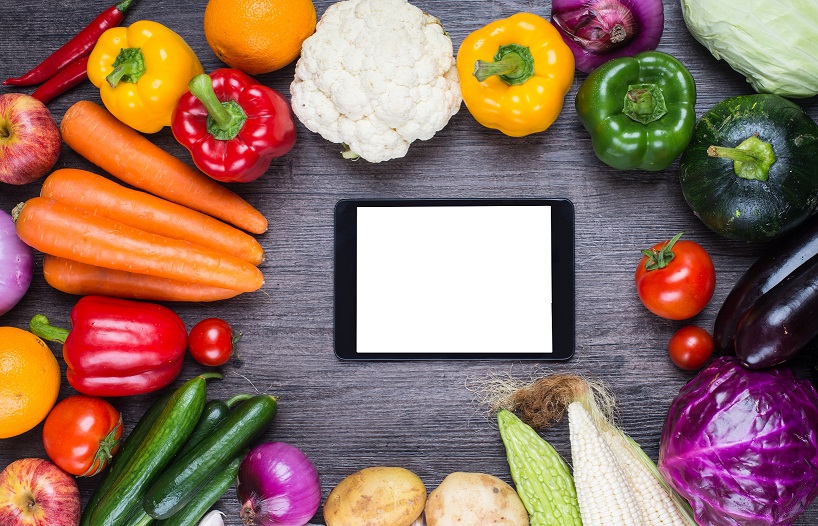Amazon eMeal Planning’s Virgin Voyage: Will It Triumph?

It’s official: Amazon has launched a new service offering that stands to further cement the company as a lifestyle brand for today’s consumer.
The new product is a new eMeal Planning program.
What Is This?
Simply put, Amazon’s eMeal Plan offers subscribers a way to a wide selection of meals that they cook at home. Specifically, the plan allows the subscriber to take the guesswork out of what to cook for dinner (or other meals) by providing subscribers with chef-created (and curated) menus.
The menus list specific ingredients that are required to create each dish. Today’s busy subscribers appreciate any service that’s designed to save them time, and ultimately, money.
Amazon describes the services:
eMeals is the largest online meal planning service in America. With more than 15 different food styles to choose from, we help families solve the daily question of “What’s for dinner?” Whether you’re looking to save time, eat healthier or control your budget, we have a weekly plan to fit your busy lifestyle.
The eMeals Budget Friendly Meal Plan features a mix of fast, fresh favorites with classic one-dish meals designed to maximize your budget without cutting corners on flavor. The average family using eMeals can save up to $1,000 a year on their grocery bill.
An eMeals subscription includes healthy, easy-to-prepare recipes created by the eMeals food experts, Weekly meal plans designed for your busy schedule, a free mobile app allowing you to plan, view, and shop on the go, the ability to switch your plan any time between food styles, (and) a dynamic grocery list created from the weekly recipes you select.
How does this compare to other meal subscription plans?
The customized, current meal subscription boom doesn’t show signs of stopping any time soon. As more competitors attempt to make a space for their brands in this industry, they are forced to find differentiating factors to attract new customers, and hopefully, brand loyalists.
For example, Blue Apron promises its subscribers a “fun and easy” cooking experience. Subscribers can expect to receive a weekly ration of self-selected menu ingredients (along with recipe cards and online access to streaming videos featuring chef-prepared dishes) delivered to their home or their address of choice.
Hello Fresh also offers food delivery to the home, but this plan differentiates itself by placing an emphasis on freshly-sourced whole-foods. And services like PlateJoy deliver food and ingredients that correspond with menus that were created about the Mayo Clinic diet.
And how does Amazon’s eMeal Plan stack up against its competitors?
For starters, it should be noted that Amazon’s meal plan does not deliver food to the subscribers home as a part of the plan. The subscriber is responsible for purchasing their own food.
With this said, the subscription cost of participating in the program is considerably cheaper than competing food subscription plans. Amazon leaves the cost of selecting food products and ingredients up to the the subscriber, allowing them to enjoy chef-curated menus without the associated price tag that usually comes with it.
Also, Amazon’s eMeal Plan is far more accessible than other competing plans on the market. When a subscriber pays for a brand’s plan, they are stuck within a very limited eating plan, according to the dietary goals that a brand promotes.
On the other hand, when a subscriber pays for Amazon’s meal plan, they have the option to switch to as many different types of meals plans as they desire. For example, they might start out with a cleaning eating menu plan, but they can switch to a low cost, budget meal plan if the need arises. They can start with a vegetarian plan, but they can also switch to a meat-inclusive plan if the desire.
What’s more, there are meal plans that are not only based upon the subscriber’s dietary needs, but there are also meal plans based upon their station in life. There are fun meal plan designed to feed children, 30-minute meal plans, and slow-cooker meal plans (for those who don’t want to cook daily), as well.
What is the reason for this new program?
A huge part of the reason why Amazon is able to dominate its online brand extension rests in its ability to offer online services of all sorts. Originally starting out as an platform for customers to order books (and then products), the brand over time has expanded to offer just about online service imaginable.
Recently, Amazon delved into the fresh food grocery shopping service industry, so it makes perfect sense for the company to offer customized meal curation services as its new venture into brand extension.
The Branding Journal puts things very succinctly:
Amazon has a very clear brand and marketing strategy in that they “aim to fill the gaps which they’ve identified in a market”. Put simply they provide their consumers with what others can’t and to make life easier it’s all in one place, online.
And it’s not entirely lost upon Amazon that an online service that requires its subscribers to buy menu ingredients might spur them to shop for bulk or hard-to-find products on the platform, thus increasing company revenues.
In addition to the plethora of products and services that the company offers, selling eMeal planning subscriptions is just another way for the company to extend its reach as the premier (yet accessible) lifestyle brand of choice for consumers.





